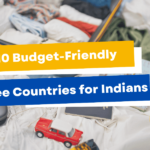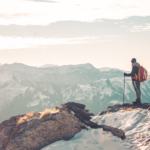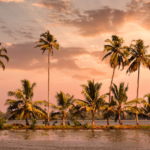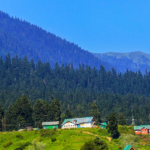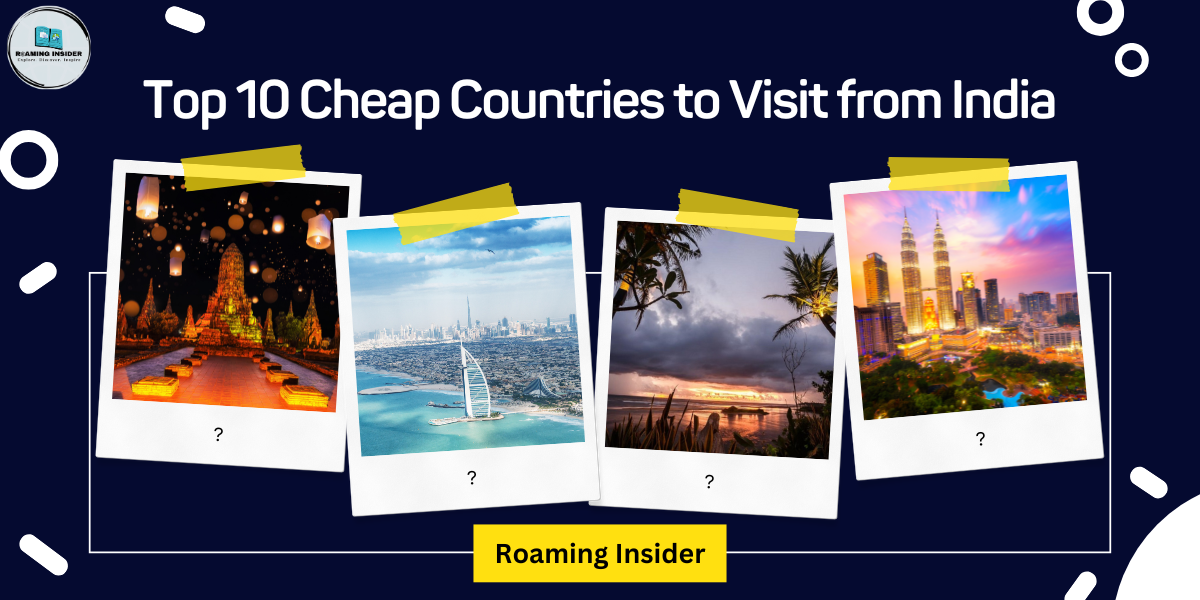
Try to Avoid These 9 Places to Visit in India During Monsoon / Rainy Season
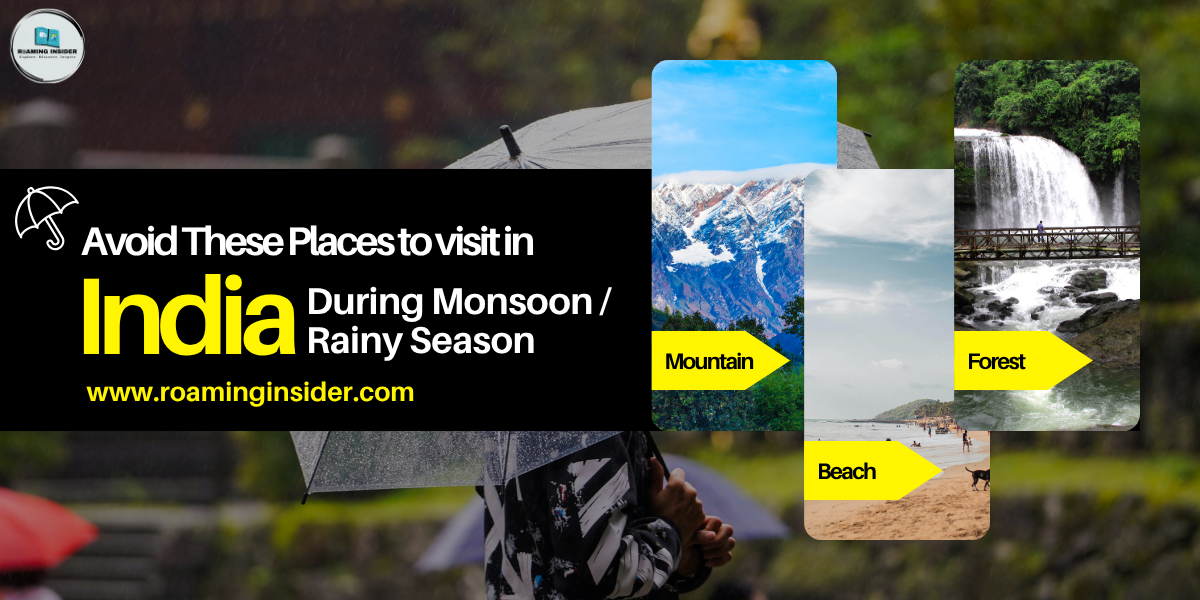
Planning a Monsoon Trip? These 9 Places to Visit in India Are Not Worth the Risk
There are many places to visit in India and each place has its own specialty and charm. Whether it is the snow-clad mountains of the North or the beautiful and peaceful beaches of the South, India is no less than a dreamland for a travel lover. Yes, it is also worth noting that even though it is a dreamland, not every place is worth visiting in every season of the year, especially during monsoons. Due to landslides, floods, roadblocks and other natural calamities caused by heavy rains, there are many places where a traveler should avoid visiting during the monsoons.
Table of Contents
If you are an Indian traveler or are planning a trip from any corner of the world, especially in the months of (June to September) when it is monsoon/rain season in India, then this blog will guide you about which 10 places you should avoid and why.
Let’s take a look at some places to visit in India that you should avoid in monsoon for your own safety and travel enjoyment.
1. Cherrapunji and Mawsynram, Meghalaya
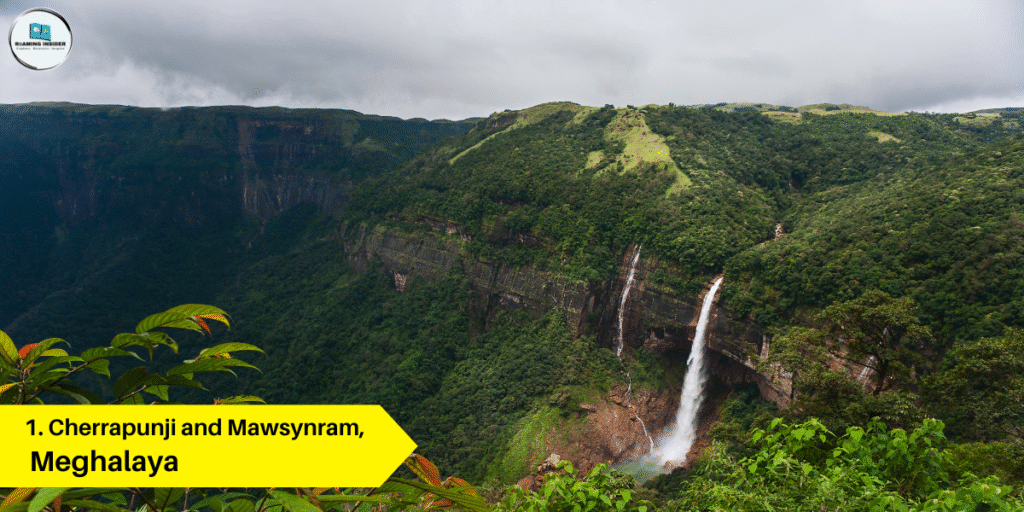
These two beautiful places of nature situated in Meghalaya attract tourists but due to heavy and non-stop rains the roads get flooded and landslides are very common in such places, which can make your trip messy. Outdoor sightseeing becomes very difficult and along with this, due to fog and rain, you will not be able to enjoy the beautiful waterfalls.
If you truly want to enjoy Cherrapunji and Mawsynram, it’s better to visit them in the post-monsoon season when the waterfalls are still alive, but the weather is clearer and safer.
2. Darjeeling, West Bengal
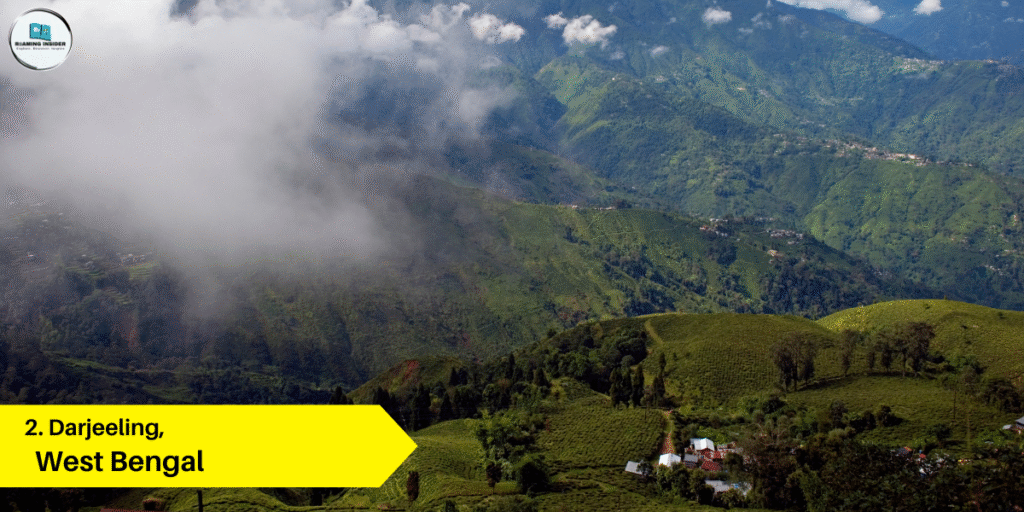
Darjeeling is also known as the “Queen of Hills“. This beautiful place is located in the state of West Bengal in the north-eastern part of India. It is impossible that this place is not included in the list of places to visit in India, but during the monsoon season, this beautiful town becomes prone to landslides. The roads leading up to Darjeeling are narrow, winding, and often blocked due to heavy rainfall.
Apart from transportation troubles, most tea estates remain shut, and the cloudy weather hides the beautiful views of Mount Kanchenjunga. To enjoy the true charm of Darjeeling, avoid the monsoon months and plan for October to March.
3. Uttarakhand – Kedarnath, Badrinath & Valley of Flowers
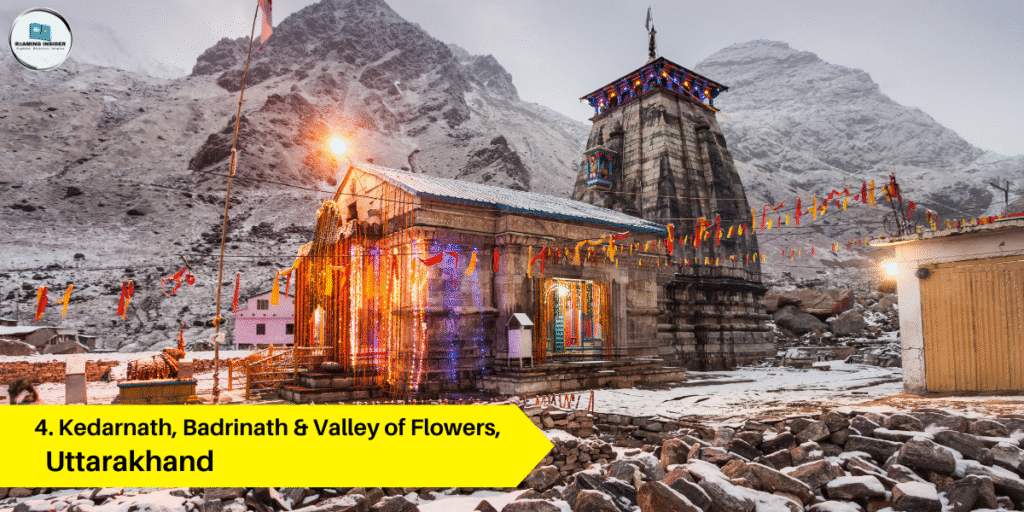
Uttarakhand is not only a spiritual gem of India but also a natural gem, that is why it is also in the list of Top Places to Visit in India. Unfortunately, the reason for including it in this blog is that every year some parts of Uttarakhand have to face natural calamities like floods, landslides, due to which a lot of damage has to be faced. That is why this place is not at all worth visiting during the monsoon days.
The roads to Kedarnath and Badrinath are often closed due to bad weather, and trekking to the Valley of Flowers becomes dangerous. If you’re a nature or religious traveler, consider visiting these sites in early summer or post-monsoon when the paths are clear.
4. Himachal Pradesh – Manali, Kasol & Spiti Valley
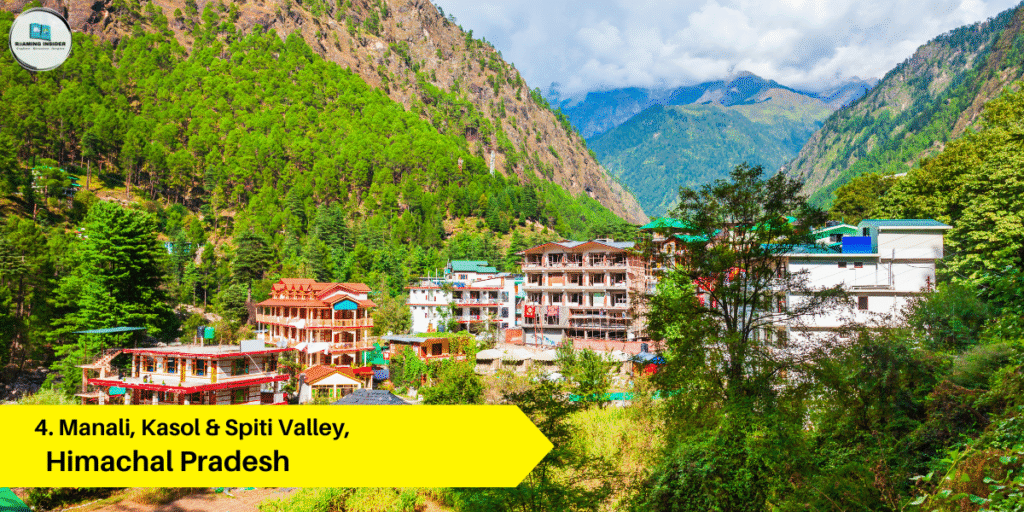
Himachal Pradesh is one of the Top places to visit in India. It is one of the favorite places for tourists due to the activities like trekking, paragliding etc. done here. But it is a better option to avoid a trip there during the monsoon season which comes from June to September in India because the roads here become slippery during the rainy days and landslides also occur in many parts due to which many accidents are heard during these days and many travelers also face a lot of problems during that time.
If you’re traveling by road, you may get stuck for hours or even days due to roadblocks. Waterlogging and broken roads can turn your peaceful trip into a stressful experience. Spiti especially becomes completely cut off during peak monsoon. It’s best to visit these places between March to June or from September to November.
5. Mumbai, Maharashtra
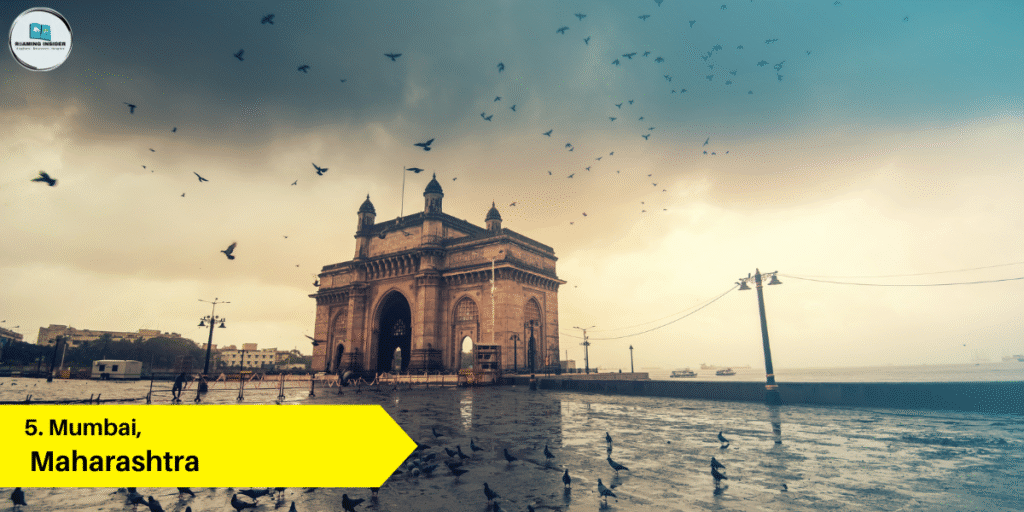
Mumbai is also famous worldwide as the economic and financial capital of India and along with this, this city is also very famous for tourism. But going there during the monsoon season is a difficult trip because due to heavy rains, the roads get flooded and due to this, long traffic jams are formed which keep people stuck for many hours.
Although some people enjoy Mumbai’s monsoon charm at Marine Drive or sipping chai in cafes, overall, the experience is not very tourist-friendly. Local transport gets disturbed and sightseeing becomes very difficult. You can explore Mumbai in the winter or summer months instead.
6. Goa
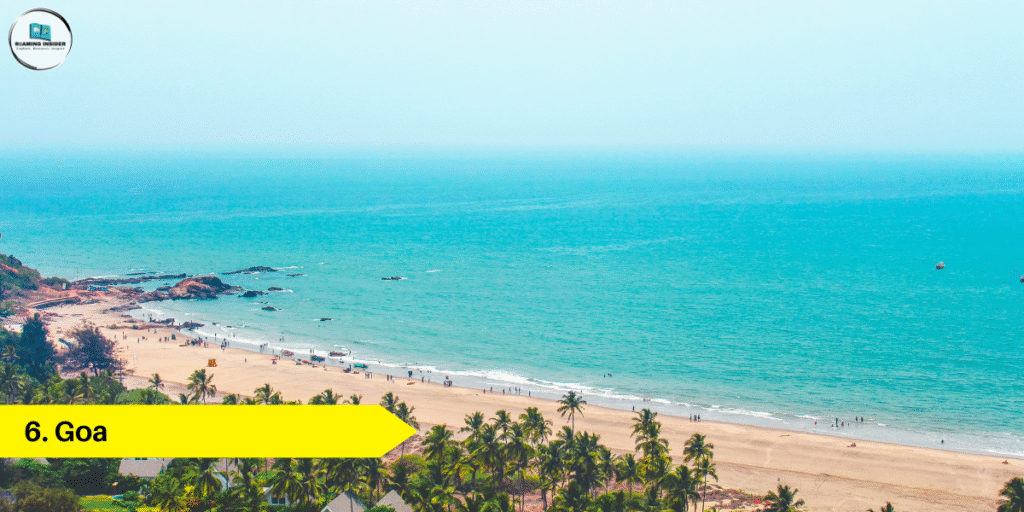
Goa might surprise you on this list, because it’s one of the most famous beach places to visit in India. But during the monsoon, the beaches remain closed due to high tides and rough sea waves. Water sports and shacks shut down, and the nightlife becomes quieter than usual.
While the greenery and calm surroundings may attract a few off-season travelers, most tourists will miss the actual Goa experience if they visit during rains. If your main goal is to party, relax on beaches, or enjoy water sports, then avoid Goa from June to September.
✅ Trusted Travel Agency for Your Next Trip!
Looking for reliable trip planning, bookings, and expert travel advice?
Visit Sarvodaya Holiday – Your Trusted Travel Partner for Safe and Memorable Journeys across India. 🌍✈️ Travel smart, travel safe
7. Andaman & Nicobar Islands
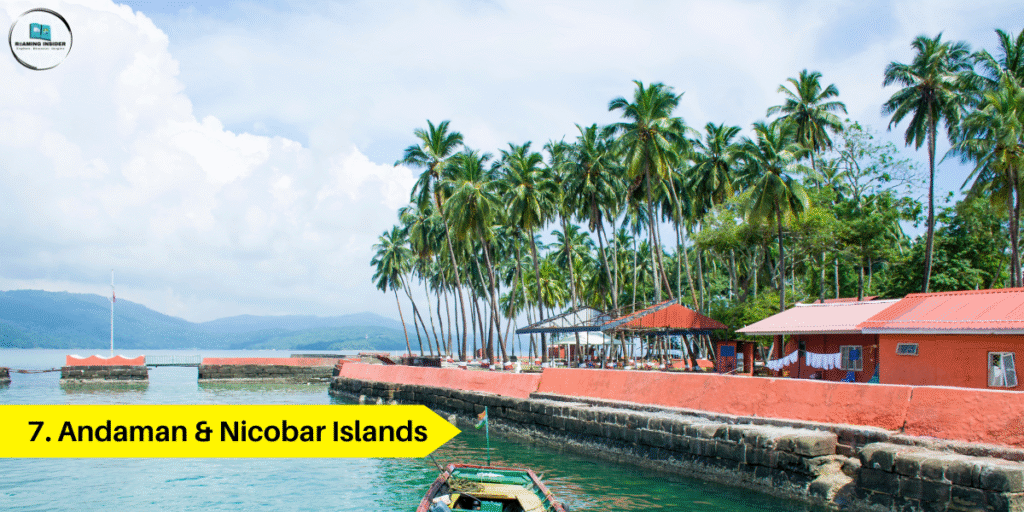
Known for crystal-clear waters and white sand beaches, Andaman is among the most exotic places to visit in India. However, during monsoon, ferry services get canceled frequently due to high tides and storms. Scuba diving and other water activities are often suspended, and some islands may become unreachable.
Visiting Andaman in monsoon can cause major disruptions to your itinerary. It’s best to travel there from November to May when the sea is calm and the skies are clear.
8. Rajasthan – Desert Areas like Jaisalmer & Bikaner
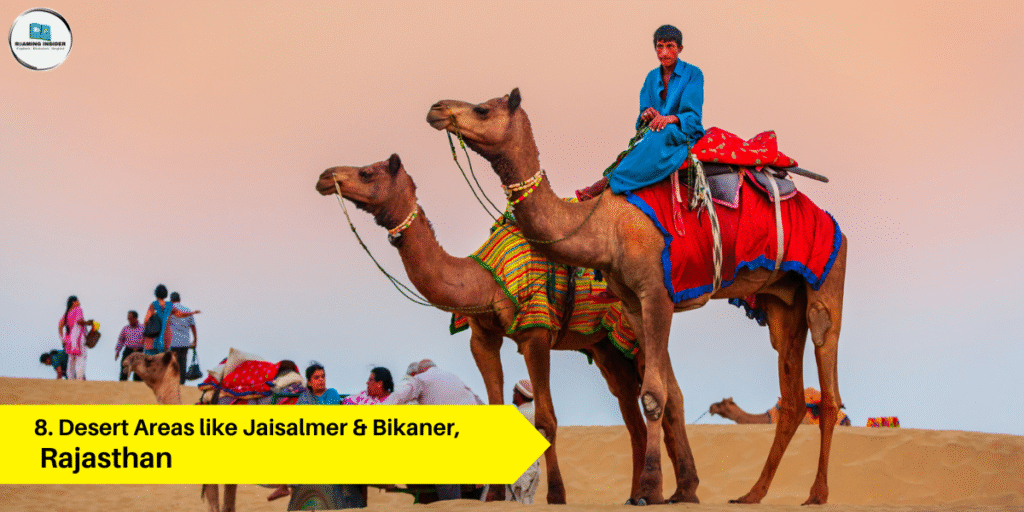
The name that will surprise you is Rajasthan at number eight in the list of Avoid Places to Visit in India During Monsoon / Rainy Season. Even though Rajasthan receives the least rainfall in a year as compared to other states, during the monsoon season, unexpected rain showers in some cities like Jaisalmer, Bikaner, and Barmer create a dilemma.
Also, desert safaris and camping become less enjoyable during wet weather. Many tourists prefer winter months to explore the golden sands and forts of Rajasthan, making it one of the best places to visit in India in the cooler seasons.
9. Assam – Kaziranga National Park
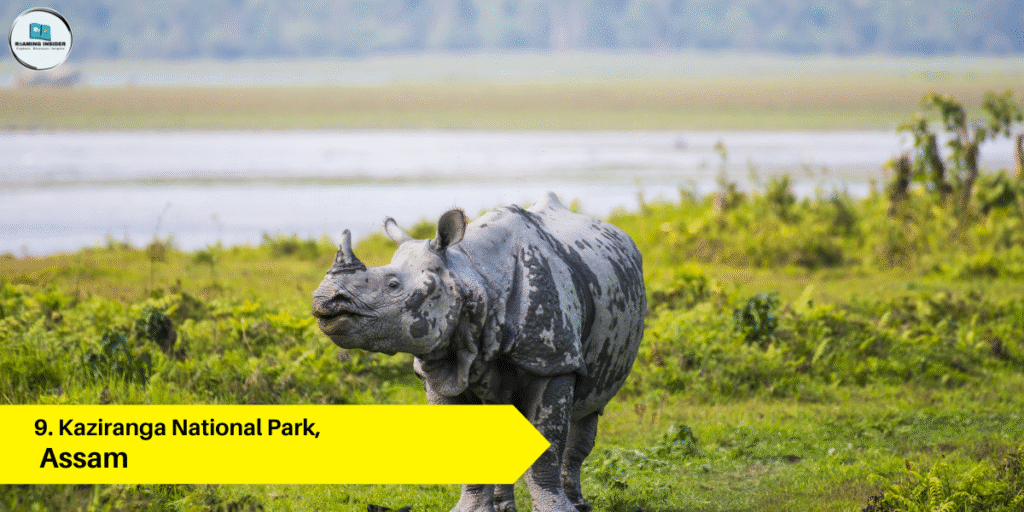
Assam, a state in the North-East of India is known for many reasons and one of them is Kaziranga National Park which is one of the most unique places to visit in India but it’s closed during monsoons. The Brahmaputra river often floods, and the park becomes unsafe for animals and tourists alike. Safari rides and entry for tourists are suspended for safety reasons.
If you also want to explore wildlife in Assam, then try to plan your trip between November to April when Kaziranga National Park is open and you can explore wildlife well, which will be a life long experience.
Final Thoughts
India is filled with beautiful destinations, but every season is not the best for every location. While monsoon has its own charm in places like Kerala, Coorg, or the Western Ghats, some areas become risky, blocked, or simply not worth visiting during heavy rains.
Before planning your next adventure, always check the weather conditions and seasonal suitability of the places to visit in India. Avoiding monsoon-prone destinations can save you time, money, and ensure your safety.
Remember, travel should be fun, not a struggle against floods, landslides, or delays.
If you’re looking for the best places to visit in India, consider the weather, road conditions, and travel goals before booking your tickets. Every place has its perfect season—make sure you choose the right one.
Have you ever faced travel troubles during the monsoon season? Share your experience in the comments below and help others plan better!
Looking for the best monsoon-friendly places to visit in India? Stay tuned for our next blog!



